Using advanced technology will help your emails stand out from the crowd.
Your customers receive hundreds of emails each week — what makes your stand out?
If you are playing into the same email marketing tricks everyone else is, you’re missing an opportunity to not only increase customer engagement but to also increase sales.
Predictive personalization will allow you to better cater content to your customers. With the help of advanced technology such as predictive analytics, artificial intelligence (AI), and machine learning, you can get inside the mind of your customer.
Once you’ve gained a better understanding of how your customers think, feel, and shop you can create a fully customized email marketing experience. By providing them with the exact content they want to receive and promoting products that meet their previous shopping behaviors, you will provide the best customer experience possible.
Here’s a quick look at what we’ll cover in this article:
- Using browse and purchase history to recommend the right products
- Identify the best times to reach your customers on a personal level
- Know exactly what content they engage with
- Decrease churn rates and retain current customers
Put Predictive Analytics to Work For You
Whether you’re looking to improve upon the content you’re sending or want to develop a retention plan to keep customers around — predictive personalization can help you meet your goals.
The best part is that you already have all the data you need to accomplish these goals. Once you’ve analyzed the data to identify trends, you can then make data-driven decisions on exactly what to do next.
You no longer have to guess what your customers want, you’ll have all the information you need to make their experience with your company unforgettable.
1. Recommend the Right Products
Product recommendations are a powerful tool. Whether you’re promoting similar products to the customer based on their browser history or sharing related products to something they just purchased — it’s a great way to increase sales.
With the help of machine learning algorithms, you can see what products your customers are interested in through their browsing habits or purchasing history. From there, you can predict the most relevant, data-driven products to share with customers.
Although product recommendations may show a fairly low visit percentage, the revenue number speaks for itself. Knowing what products to recommend can make a big impact on your bottom line. Image courtesy of The Good.
No matter the way you go about recommending products, you have the potential to increase revenue by 26% simply by sending a relevant email.
Introduce Relevant Products
One way to utilize product recommendations is to simply share relevant products with your customers. To determine what products to share, you can make data-driven decisions by analyzing customer shopping and browsing behaviors.
You’ll be able to easily identify what they are interested in, and what other products they are likely to purchase. Recommending products can open their eyes to new items they never knew existed and encourage additional purchasing.
Improve Cross-Selling Opportunities
Another strategy for product recommendations is to send cross-selling product emails. These types of emails will take into account products the customer has recently purchased and provide a useful add-on.
Cross-selling is the idea of sending customers complimentary products to something they recently purchased.
Cross-selling is a great way to increase sales with customers who are already purchasing from you. By providing them with recommendations that are relevant to their recent purchases, you’re much more likely to land a sale. Image courtesy of LinkedIn SlideShare.
For example, after purchasing a new cell phone, you may realize you need to get another charger and phone case. A company using cross-selling techniques would anticipate this need and quickly send you a follow-up email recommending chargers and accessories.
With predictive analytics and automation, you can know when a customer purchased a product that has cross-selling opportunities and send them the related product emails — ensure you never miss a potential sale.
2. Know Exactly When to Send
As you collect more data on your customers, trends will begin to appear based on send time. AI technology will allow you to identify exactly when to send emails to each of your customers. This will help improve customer engagement and increase conversion rates.
Okay — so these are the benchmarks the industry tells us to go by. But with the help of predictive analytics, you can take out any guesswork and pinpoint the exact time your customers are most likely to open an email. Image courtesy of Venture Harbour.
Using a program that learns when and how your customers interact with your emails will allow you to adjust accordingly.
Does customer A open emails first thing in the morning, while customer B tends to wait until the workday is over? Data-driven technology can identify this and adjust send times based on each individual — adjusting as their needs change.
3. Send the Right Content
Customers are looking for a more engaging and personalized brand experience. Understanding more about their interests will help you know what type of content will resonate with them and encourage engagement.
These stats speak for themselves. Customers want a personalized experience that provides them with the most relevant content to their needs. Image courtesy of Marketing Insider Group.
Predictive analytics allows you to track customer behavior and pinpoint exactly what works and what doesn’t for your customers. You can learn more about each customer’s personal interests, the types of products they typically purchase, and where they are in their buyer’s journey.
From there, you can send them content that applies to their specific needs. There are two main ways to utilize predictive analytics to better serve content to your audience: understanding what works and learning what is needed.
Understand What Content Works
Data mining can be a tedious task when it has to be done manually. Luckily with the help of advanced technology and the right partner, it’s a simple task. This allows you to learn more about what content is working with your customers and know what to send them next.
Predictive analytics can tell you exactly what types of content your customers are more likely to open and engage with. That means you will know if customer A prefers to watch a video about a new product, while customer B wants to learn more about the required maintenance of their products.
Knowing information on this granular level will allow you to improve the customer experience and take your emails to the next level of personalization.
Learn What Content is Needed
Once you’ve identified what content works and how your customers interact with your content, you may find clear content gaps. While it may sound like a bad thing at first, content gaps are an area for growth opportunities.
Why’s that? Well, you now have a clear idea of what content your customers actually want from you. Now you can justify spending your time and resources on those gaps and know that you’ll see a return on your investment.
4. Improve Retention Rates
It costs 5x more to obtain a new customer than it does to retain a current customer. That’s why identifying customers with the potential to churn is such a valuable thing.
Having the ability to look into the future and know what customers are nearing an inactive status lets you retarget them. Even if you can’t reverse the path for every customer, just re-engaging a few customers will make a big difference to your bottom line.
The chances of selling to an existing customer are much higher than they are to selling to a new customer. It’s worth spending more of your time and marketing dollars on your current customers — even if they are trending towards inactive. Image courtesy of Tech One Stop.
With the help of predictive analytics, you have the ability to analyze customer data and know exactly what customers have the potential to churn. Knowing this information will let you develop retention campaigns to try and win them back before they are gone forever.
Identify Potential Churns
Use the behavioral data of your customers to identify and reduce your churn rates. Having the ability to know when a customer is likely to churn or become inactive provides you with a unique opportunity to reach out and retarget them.
When done right, you can turn your potentially inactive customers back into purchasing customers — maybe even brand evangelists.
Churn rates can vary depending on company size. Across the board high churn rates are a trend, but here’s what you can expect for a medium-sized company. Image courtesy of Reply.
Decrease Retention Rate and Increase Sales
Knowing when customers are going to churn let’s you re-engage and work to decrease retention rates. This means you can build campaigns around retaining customers that will lead to increased sales.
Because it is much cheaper to retain a customer than it is to reach a new one, spending budgeting dollars on a retention campaign will provide you with more bang for your buck. All you need to do is retain a few key customers to see the benefit of investing in predictive analytics technology.
Take Your Emails to the Next Level With Predictive Analytics
Now that you know the power of predictive personalization in email marketing, what are you waiting for? It’s time to take your boring old emails and make them a unique and one of a kind brand experience.
Your customers will be waiting for the next email to appear in their inbox to see the products they’ll want next. Gone are the days of guesswork and mass-send emails. Your customers deserve more and predictive personalization is it.

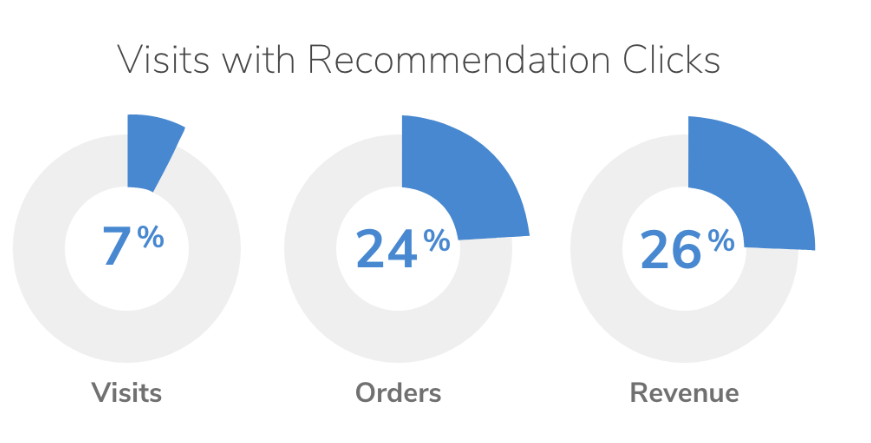
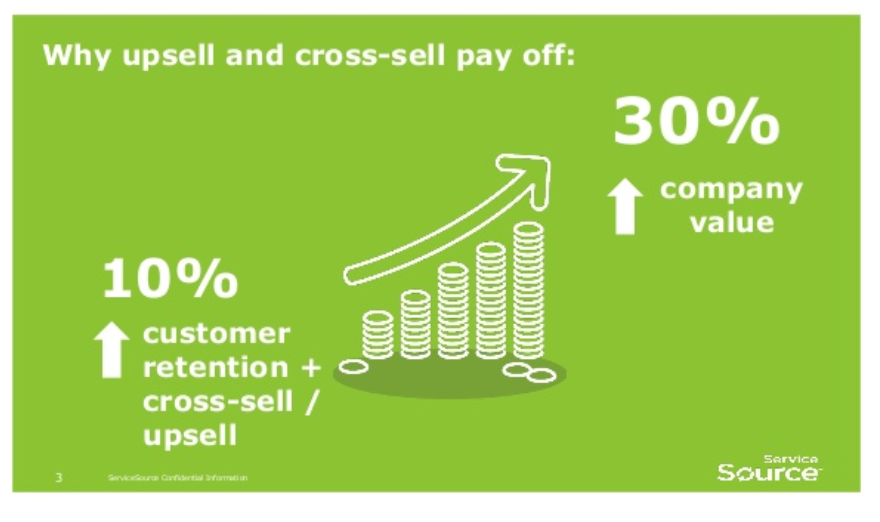
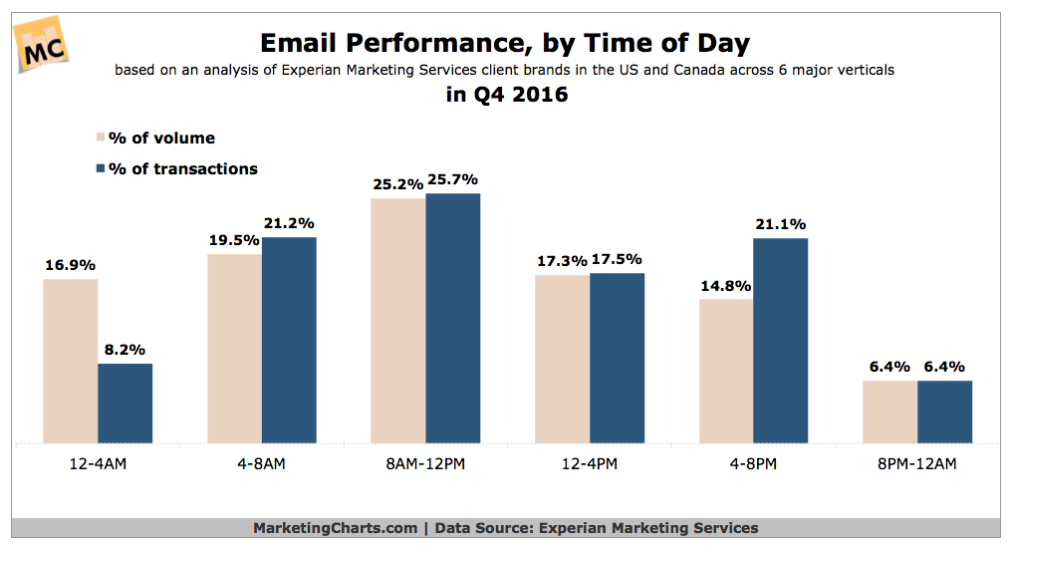
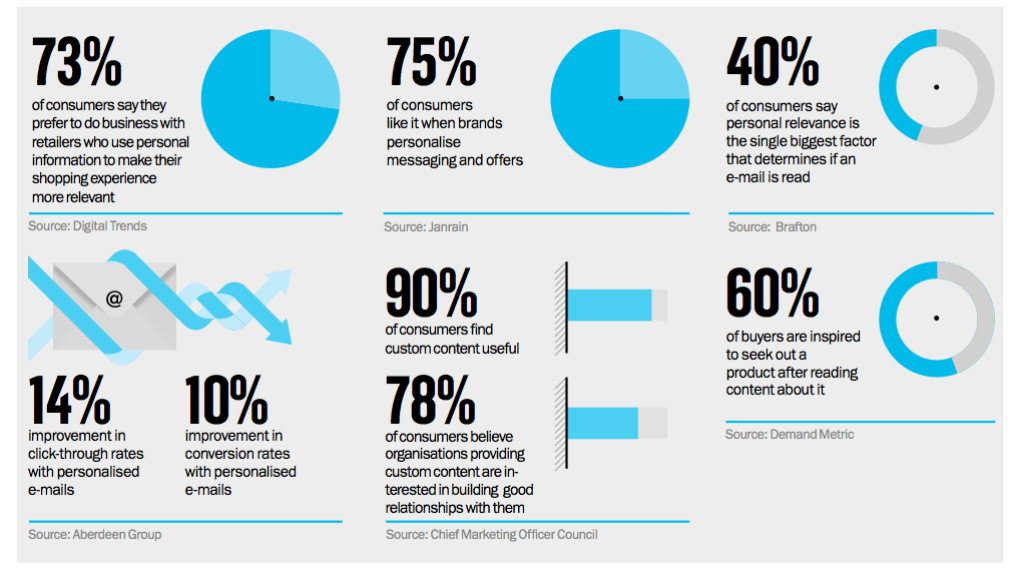
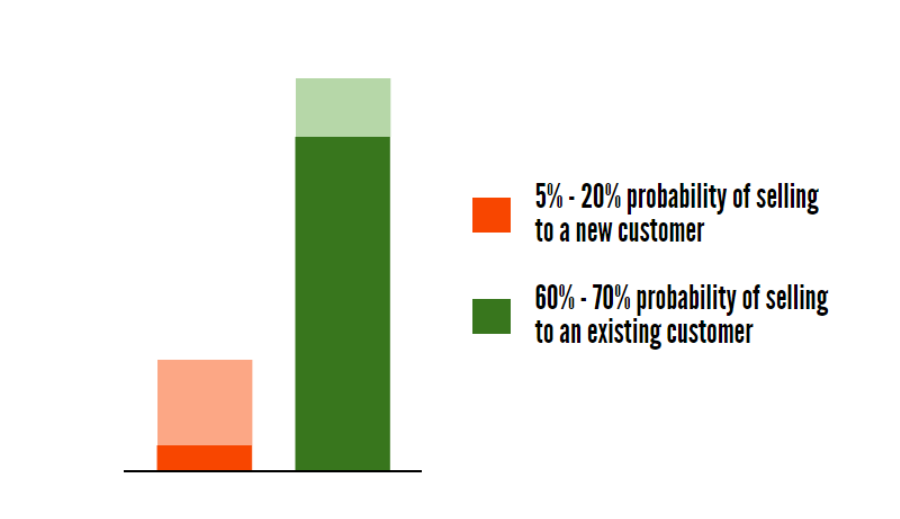
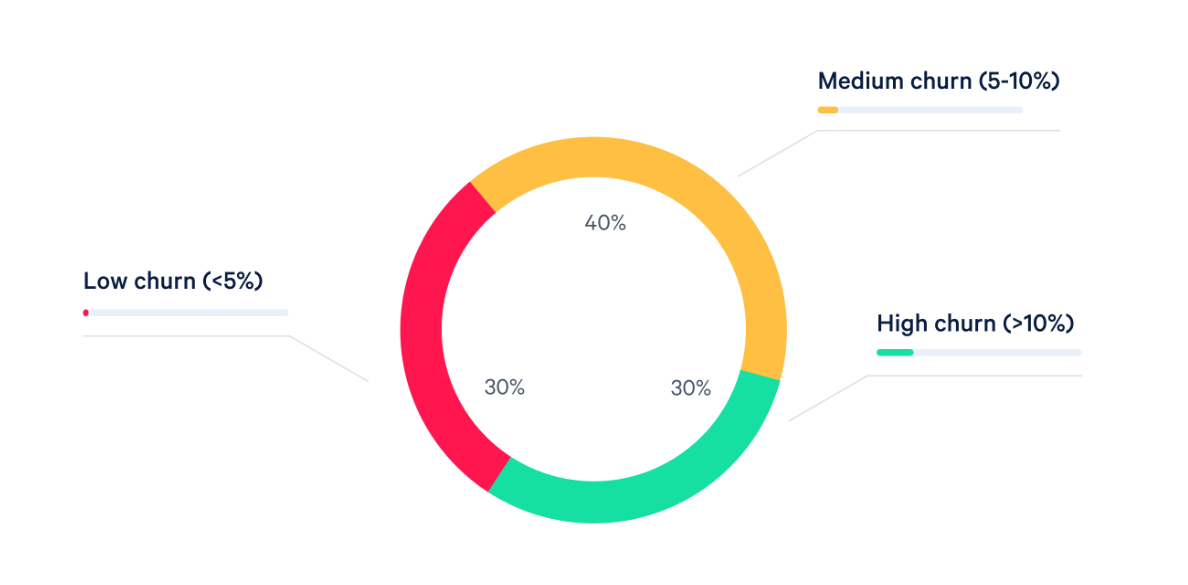
You can also stay updated by subscribing to iTechCode.